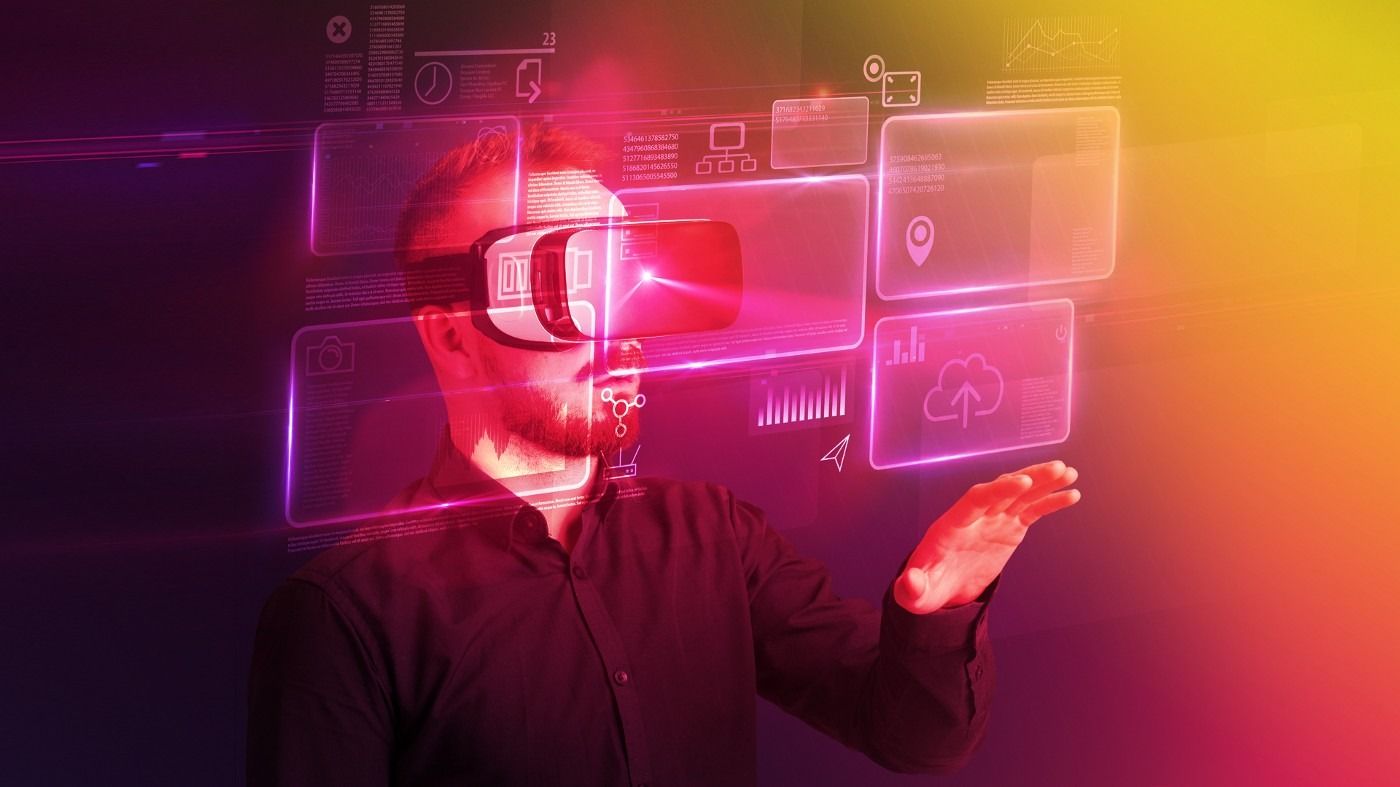It is undoubtedly an exciting time in the world of technology. Today, we stand on the brink of a technological revolution that will fundamentally transform the way we interact, live and work.
Over the past decade, too many new tech terms have been thrown around and some seamlessly integrated into our daily lives. Out of these, we’ve been hearing about Augmented Reality (AR) and Virtual Reality (VR) for years, touted to be the ‘the next big thing’. And for years, we’ve been told how these technologies will transform the way we communicate, consume content and use our devices.
AR and VR are distinct terms, and yet often interchanged. Both offer a unique visual approach. While AR shows you a broader picture by adding visuals into your real world surroundings, VR is an immersive experience that takes you into an artificial world. Balancing both technologies, a new word was thrown around — Mixed Reality. It essentially intermingles reality and imagination.
While AR and VR have been often viewed through a sceptical lens, they finally seem to be moving out of the shadows of uncertainty. To begin with, there seems to be a renewed assurance going by the announcements at this year’s Consumer Electronic Show (CES), which predicts future tech trends. The number of companies dabbling into these technologies is reassuring. But, the scale, scope, and complexity of the transformation could be larger than what we’ve imagined.
Some of the adopters of Virtual Reality have been sectors like gaming, healthcare, enterprise, entertainment, e-commerce, education and travel. But, as we know, technologies find more relevance if they can help simplify our day-to-day lives. And, that’s where AR and VR are headed. The shifting patterns of content consumption/interaction puts ‘connecting with new-age buyers’ at the forefront. These technologies are capable of disrupting the way enterprises across sector interact with potential customers and offer a delightful experience.
For instance, online shopping has witnessed explosive growth going by the study conducted by Assocham and Deloitte, the digital commerce market in the country is expected to cross $50 billion in value by the end of 2018. This has worked in tandem with deeper penetration of smartphones and faster Internet.
AR and VR could effectively bridge the gap between the thrill for touch and feel, and online shopping. Yes, one of the key pain points of online retail industry. For instance, Augmented Reality can simplify search using image-based platforms that look like the front-end of stores or in-store navigation apps.
While Pokemon Go will go down in history as the game that played a crucial role in bringing AR to the public at large, the technology has far more potential. A Deloitte study claims that over a billion smartphone users will create augmented reality (AR) content at least once in 2018, with three hundred million being monthly creators and tens of millions making and sharing content weekly.
In addition to convenient shopping, an AR app can add the element of customisation, allowing consumers to try out different colours and sizes to view how these will fit into their surroundings. Similarly, VR technologies are helping enterprises build visualisation tools that will help customers virtually build a dream home, among other things. Meanwhile, VR headsets have been evolving to go clutter-free with slow yet steady rise in content and minimal wires and cables. There are three mainstream VR headsets along with dozens of cheap rip-offs on the market.
The nascent Indian AR/VR market is expected to grow at a compound annual growth rate (CAGR) of 76 percent over the next five years, fuelled by demand from business and consumer sectors.
According to Techcrunch, funding for VR and AR startups has amounted to $2.1 billion in 2017. India has about 170 AR/VR startups and out of these, 60 percent were set up shop in the past 24 months, as per the Market Pulse Report on AR and VR, by GrowthEnabler, a data and intelligence firm.
As ‘content is king’, both these technologies are promising from the perspective of engagement. Apart from the sensory engagement, they also offer intellectual engagement, allowing to share just the right information in a more meaningful and engaging manner.






